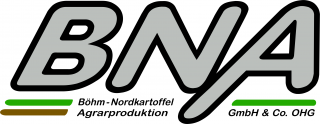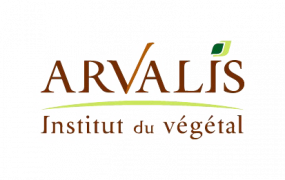Abstract
Current ware potato yields in the Netherlands are approximately 70% of their potential. It is hypothesised by several stakeholders within the potato value chain that part of the potato yield gap is caused by a lack of phosphorus (P) and potassium (K) application. In this study, we analysed for 46 farmers’ fields if increasing P and K fertiliser application rates led to a higher yield and yield quality. We found that, on average, increased P and K fertiliser application did not result in a significantly higher yield for two currently cropped potato cultivars on two different soil types in the Netherlands (Innovator on clay soils and Fontane on sandy soils) and in two years (2019 and 2020). However, on sandy soils at relatively lower farmer K application rates, our K application led to a small positive yield response up to 5 t ha−1. On clay soils, there was an average positive yield response to our K application at lower yield levels of the control. For P, we did not find any correlation between yield response to P application and the amount of P applied by farmers or any of the measured soil parameters. In terms of yield quality, the K application led to a slight reduction in underwater weight on sandy soils in 2019 and a slight increase in the yield of large tubers in 2020. We conclude that, although in some fields there was a small positive yield effect of increased K application, increasing P and K application rates will not narrow the potato yield gap and improve potato yield quality in the Netherlands. Instead, increasing the P and K application will decrease P and K use efficiency and hence is not recommended from an environmental and economic perspective.













